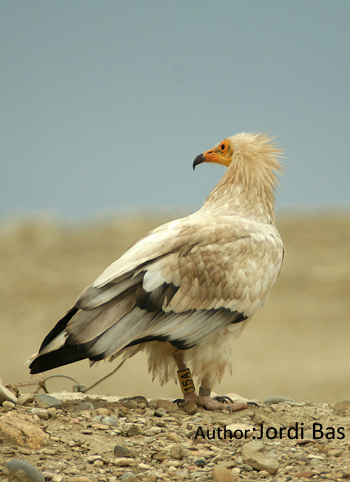In long-lived species, the age-, stage- and/or sex-dependent patterns of survival and reproduction determine the evolution of life history strategies, the shape of the reproductive value, and ultimately population dynamics. This study evaluates the combined effects of age and sex in recruitment, breeder survival and breeding success of the globally endangered Egyptian vulture, using 31-years of exhaustive data on marked individuals in Spain. Mean age of first reproduction was 7-yrs for both sexes, but females showed an earlier median and a larger variance than males. Results showed age-related improvement in breeding success at the population level responding to the selective appearance and disappearance of phenotypes of different quality but unrelated to within-individual aging effects. Old males (?8 yrs) showed a higher survival than both young males (?7 yrs) and females, these later in turn not showing aging effects. Evolutionary trade-offs between age of recruitment and fitness (probably related to costs of territory acquisition and defense) as well as human-related mortality may explain these findings. Sex- and age-related differences in foraging strategies and susceptibility to toxics could be behind the relatively low survival of females and young males, adding a new concern for the conservation of this endangered species. informacion[at]ebd.csic.es: Sanz-Aguilar (2017) Sex- and age-dependent patterns of survival and breeding success in a long-lived endangered avian scavenger. Sci Rep 7, 40204 doi: 10.1038/srep40204
http://www.nature.com/articles/srep40204

 Open Call for Research Projects in ICTS-Doñana!
Open Call for Research Projects in ICTS-Doñana!



